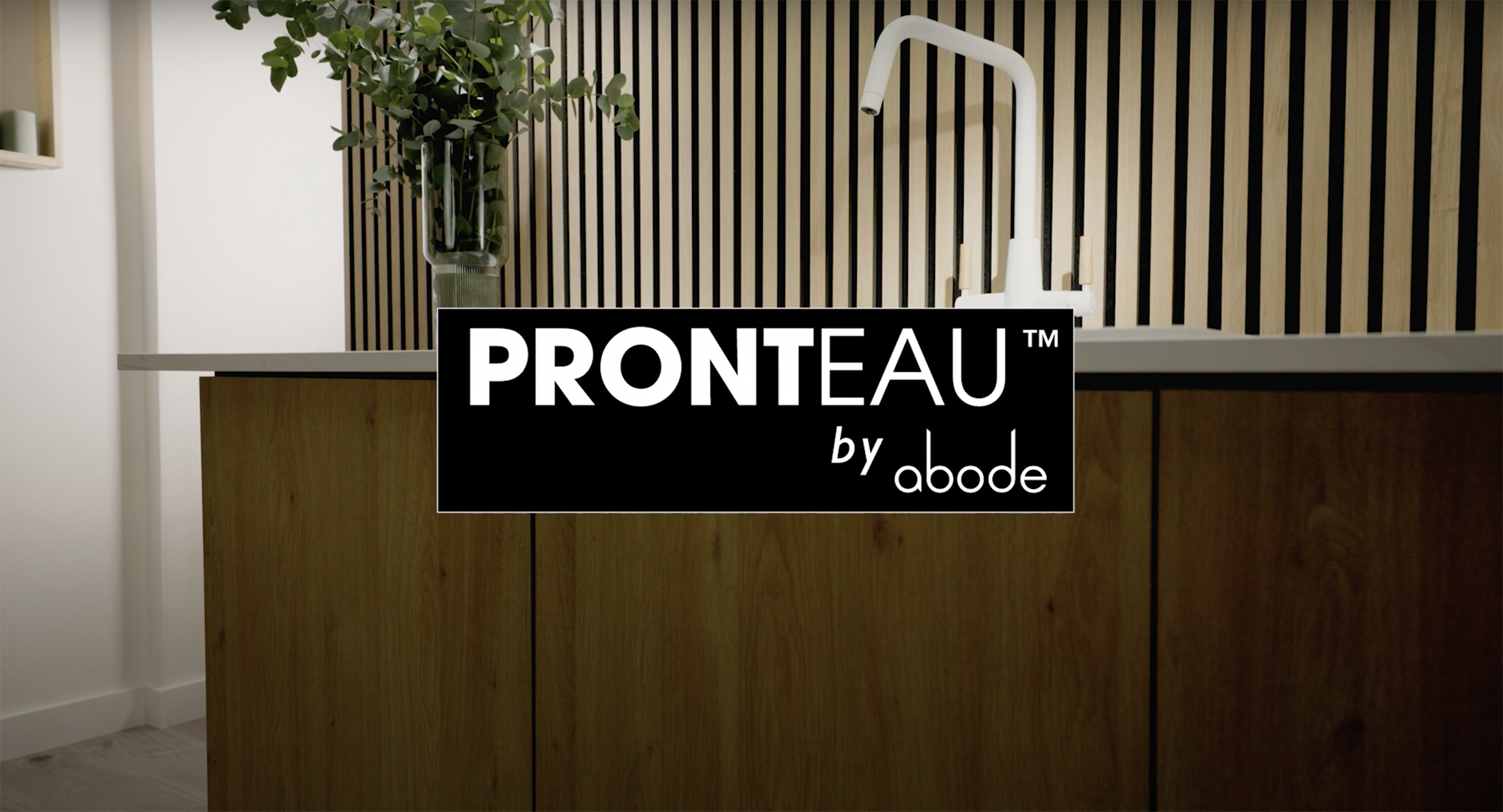Founder of KBBsupport.com and independent KBB business consultant Toby Griffin looks at why sales conversions can vary – wildly – in the industry and suggests a way of clear measurement for retailers

There is an old adage when applying for jobs that qualifications and experience can get you an interview; but it’s up to you to get the job.
Similarly, when it comes to generating sales, if your marketing is strong your business will be drawing in enquiries; but it’s up to the salesperson to convert those enquiries into money.
Sponsored Video
But how do we know what is a realistic conversion rate, or even a preferable one?
Impacting conversions
Well, in my experience a lead-to-conversion rate of around 33% is about average in the KBB industry, with 50% for the top sales performers.
But I have heard numbers as low as 10% and as high as 98%!
It seems to me there are three main factors that can explain this huge variation:
1) Your price compared to your competitors (if you are seeking lower margins, you should be converting more)
2) The skills and talent of the salesperson
3) How the conversion rate is calculated.
And of all three, the last is the most easy to manipulate. Why, you may ask? It’s because it’s a matter of opinion as to what qualifies as a ‘lead’.
Does a person walking into the showroom looking for a part for a tap qualify as a lead? Does a person who’s thinking of renovating ‘…in the next few years…’ qualify?
Does a browser who’s killing time while their car gets serviced at a nearby garage count? Does a Like or a Comment on a social-media post qualify?
Does a person whose budget and expectations that are ‘la la land’ qualify? It’s all a bit of a minefield.
Clear measurement
Monitoring leads is a vital part of both seeing if your marketing is working, and how well your sales team is performing; but who decides what counts as a lead?
Generally, and not preferably, it’s the salesperson themself, as they have the initial contact. But this is a case of them ‘marking their own homework’, especially if they know that conversion rates are being scruitinised.
I have known salespeople deliberately failing to register enquiries (or delay registering enquiries until they look like converting) in order to make their conversion rate look better.
So what to do about this? Well, I see two main ways to mitigate against this variation:
Clearly set out what qualifies as a ‘lead’ at your company, and communicate this in writing to your salespeople.
A good way of doing so is by having an enquiry form, which the salesperson can complete with the new client, which prompts questions to be asked about budgets, expectations, times-scales, etc.
Having passed the test as such, they are then registered as a lead, and it’s up to the salesperson to make it into a sale.
If you have more than one salesperson, compare their conversion rates in the same way as you would do their sales (but be wary that some canny sales-eople have a habit of grabbing the promising leads, and leaving the rest to their colleagues!).
Even with individual salespeople you could monitor their conversion rate over time to see the effects of the changes you are making to the marketing; and it’s also a chance to see if they need some help from you, or a big pat on the back!
But, it’s worth remembering that in most cases, salespeople with low conversion rates will often blame factors out of their control; for example pricing, product/service availability, but rarely want to consider their own input as being the deciding factor.
Equally, be aware that the over-performing sales converters might just be manipulating the system.
Go further and read Toby Griffin’s advice on what you can do if you’re being “ghosted” by customers.



